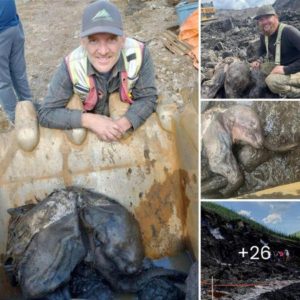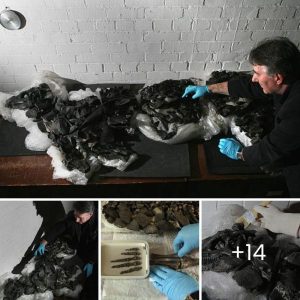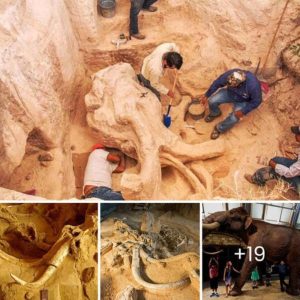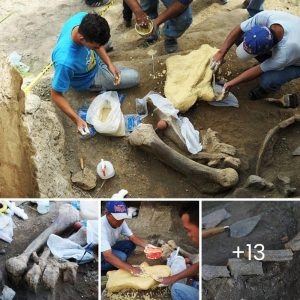The recent discovery and research on Dilophosaurus has revealed intriguing insights into this prehistoric predator, dispelling prior misconceptions and enriching our understanding of the animal.
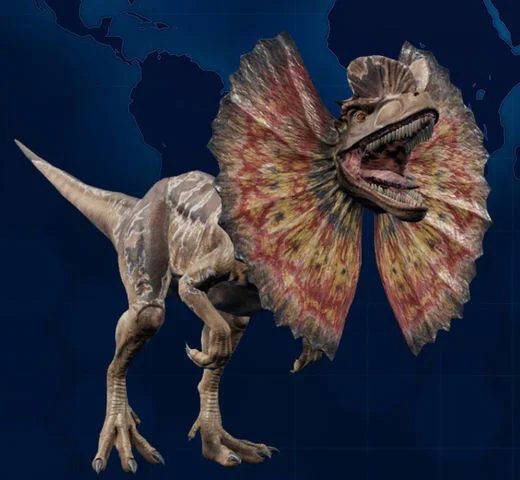
Dilophosaurus, made famous by its appearance in Jurassic Park as a venom-spitting, frilled dinosaur, has long been a subject of interest among paleontologists and dinosaur enthusiasts.
However, the actual understanding of this dinosaur has been shrouded in uncertainty due to fragmentary fossils and unclear research, leading to a perception of Dilophosaurus as a weak-jawed and primitive creature.
This perception has now been challenged by new research conducted by paleontologists, who had the opportunity to study well-preserved Dilophosaurus fossils. These fossils, collected by Timothy Rowe, offered a wealth of anatomical details that were previously unavailable.
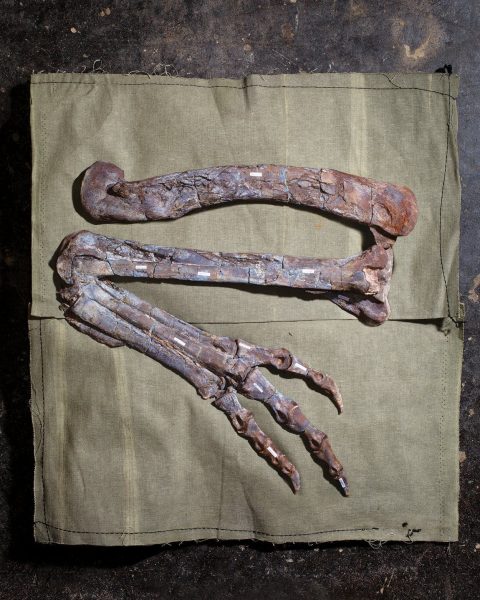
The findings from this study have reshaped our knowledge of Dilophosaurus and provided a more accurate representation of this ancient predator.
Contrary to its portrayal in Jurassic Park, the new research suggests that Dilophosaurus was far more formidable than previously believed. The fossils indicated the presence of powerful jaw muscles and sturdy crests, challenging the idea of it having a weak jaw and a venomous spit.
Additionally, some bones showed evidence of air sacks, an evolutionary adaptation that lightens and strengthens the skeleton, aiding in efficient breathing—a feature common among modern birds.
The same network of air ducts may have extended into its crests, which could have helped the dinosaur dissipate heat or facilitated extravagant soft tissues.
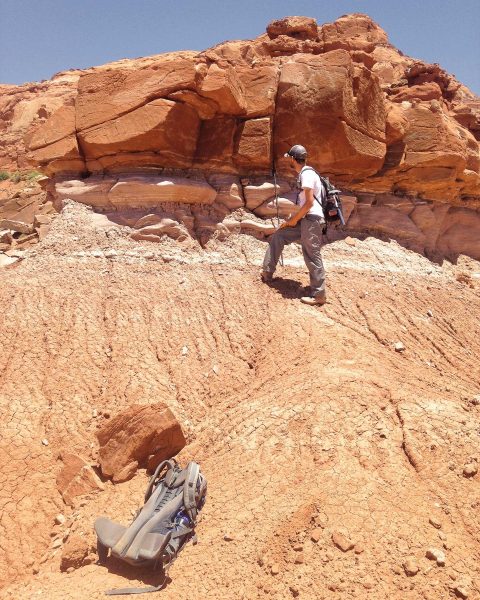
Furthermore, the study shed light on Dilophosaurus’ evolutionary relationships. Instead of being seen as an ancestor of later large predatory dinosaurs, Dilophosaurus appears to have had its own distinct family with significant evolutionary gaps between it and its closest relatives.
This research has not only provided a more accurate image of Dilophosaurus but also demonstrated how our understanding of prehistoric creatures can evolve over time with improved fossil discoveries and advanced scientific methods.
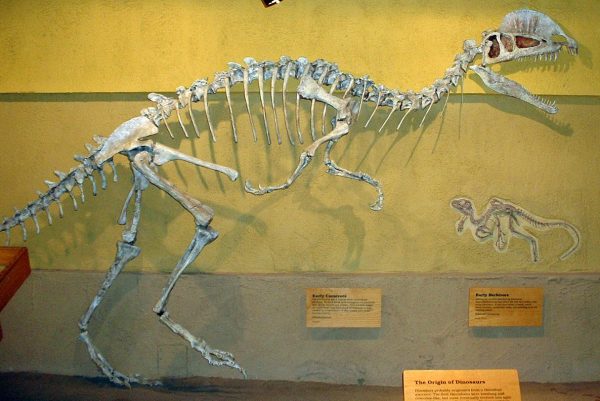
It highlights the importance of continued paleontological research and the dynamic nature of scientific knowledge as new evidence emerges. Dilophosaurus is just one example of the many “bizarre forms” that existed during the early Jurassic period, waiting to be uncovered and explored in the ever-evolving field of paleontology.


